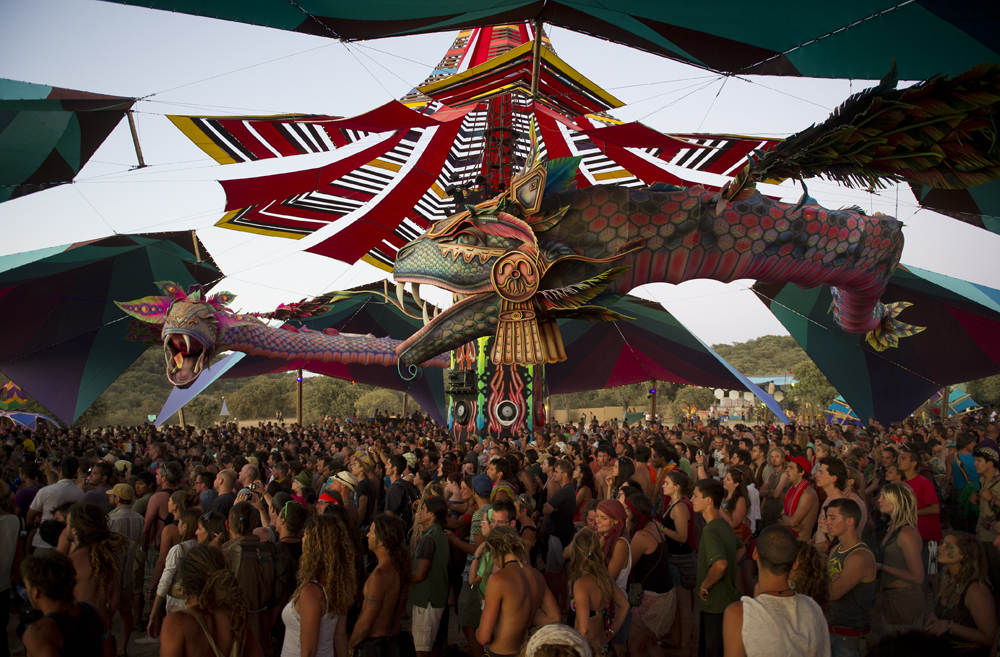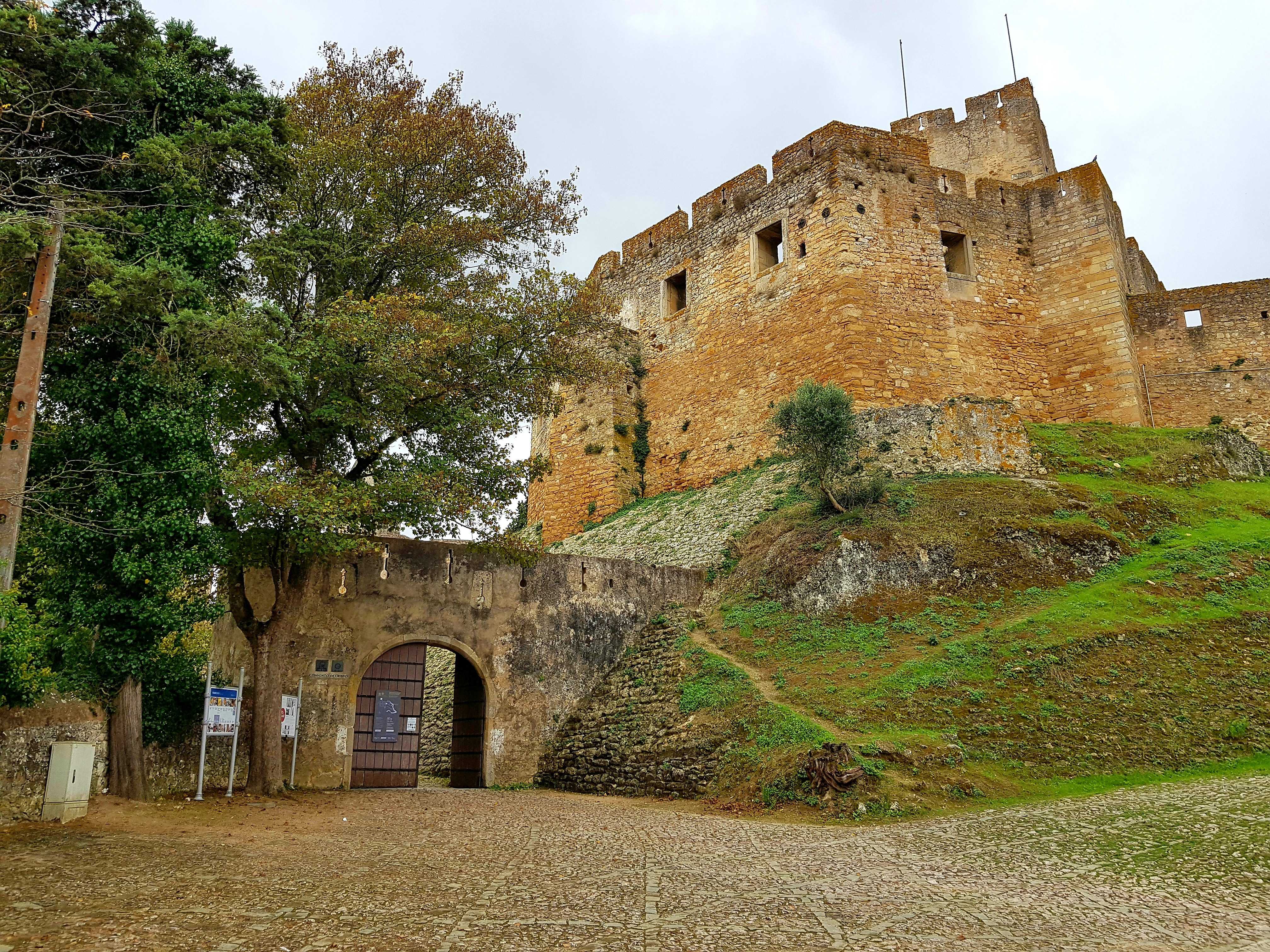|
Castle Of Idanha-a-Nova
The Castle Idanha-a-Nova ( pt, Castelo de Indanha-a-Nova) is a medieval castle located in Idanha-a-Nova, in the District of Castelo Branco, Portugal. History Early history Under the reign of D. Afonso Henriques (1112–1185), the land surrounding the village and the castle were donated to Order of the Templar heritage land extended to Beira Baixa, with the donation of Idanha-a-Velha and Monsanto, D. Gualdim Pais, 6 Master of the Order in Portugal. It was issued a Foral Charter in a text by the sovereign on November 30, 1165. Later, his son and successor, D. Sancho I (1185–1211), in 1197, confirmed the donation of Idanha-a-Velha to 7 Master of the Order, D. Lopo Fernandes, who added, in 1199, with the donation Herdade da Açafa. There formed a vast domain that stretched from Idanha term to the Belver. Medieval era Its structure follows the same architectural lines characteristics of the Knights Templar, the castles of Almourol, Monsanto, Pombal, Tomar and Zezere, his contem ... [...More Info...] [...Related Items...] OR: [Wikipedia] [Google] [Baidu] |
Idanha-a-Nova
Idanha-a-Nova () is a town and surrounding municipality in the district of Castelo Branco, in east-central Portugal. A border municipality with Spain, the population of the municipality in 2011 was 9,716, in an area of 1416.34 km2, making it one of the largest and least densely populated municipalities in Portugal as well as the first Portuguese municipality by population ageing. King Alfonso II (1211-1223) confirmed its charter in 1219 renaming the village with the current place names (Idanha-a-Nova) to distinguish it from the old Idanha (hereinafter Idanha-a-Velha), 18 kilometers away. The municipal holiday is the Monday 15 days after Easter. The incumbent mayor is Armindo Moreira Palma Jacinto, representing the Socialist Party. History There are numerous prehistoric vestiges of human occupation throughout the municipality of Idanha-a-Nova (Idanha "the new"), such as menhirs and tapirs. The Romans had an important influence, namely in the civil parishes of Monsanto, Idan ... [...More Info...] [...Related Items...] OR: [Wikipedia] [Google] [Baidu] |
Gualdim Pais
Dom Gualdim Pais (1118 – 13 October 1195), a Portuguese crusader, Knight Templar in the service of Afonso Henriques of Portugal. He was the founder of the city of Tomar. Biography Gualdim Pais was born in Amares (a town in the province of Minho, near Braga) in 1118, son of Paio Ramires and Gontrode Soares. He fought alongside Afonso Henriques against the Moors, and received a knighthood by him in 1139, after the Battle of Ourique. He departed for Palestine shortly thereafter, and during the next five years fought as a Knight Templar. He had a prominent role in the siege of the city of Gaza. He also fought in the Siege of Ascalon; in sieges and battles around Sidon and Antioch, and other campaigns of the Zengid–Crusader and Fatimid-Cruzader wars, against the Sultans of Egypt and Syria. He was ordained the fourth Grand Master in Portugal of the Order of Knights Templar in 1157, which then was ruled from Braga. He founded the Castle of Tomar in 1160, then near the frontier ... [...More Info...] [...Related Items...] OR: [Wikipedia] [Google] [Baidu] |
Foral
200px, Foral of Castro Verde - Portugal The word ''foral'' ({{IPA-pt, fuˈɾaɫ, eu, plural: ''forais'') is a noun derived from the Portuguese word ''foro'', ultimately from Latin ''forum'', equivalent to Spanish ''fuero'', Galician ''foro'', Catalan ''fur'' and Basque '' foru''. The ''Carta de Foral'', or simply ''Foral'', was a royal document in Portugal and its former empire, whose purpose was to establish a ''concelho'' (Council) and regulate its administration, borders and privileges. A newly founded town would also need the king's approval through a ''Foral'', in order to be considered one. In this case, the town's administration and privileges would be defined in that document. ''Forais'' were granted between the 12th and the 16th centuries. The ''Foral'' was the basis for municipal foundation, thus the most important event of a city or town's history. It was critical to a successful land settling and an increase in crop yields, by giving more freedom and dignity, via a ... [...More Info...] [...Related Items...] OR: [Wikipedia] [Google] [Baidu] |
Alfonso II Of Portugal
Alphons (Latinized ''Alphonsus'', ''Adelphonsus'', or ''Adefonsus'') is a male given name recorded from the 8th century (Alfonso I of Asturias, r. 739–757) in the Christian successor states of the Visigothic kingdom in the Iberian peninsula. In the later medieval period it became a standard name in the Monarchy of Spain, Hispanic and kingdom of Portugal, Portuguese royal families. It is derived from a Gothic name, or a conflation of several Gothic names; from ''*Aþalfuns'', composed of the elements ''aþal'' "noble" and ''funs'' "eager, brave, ready", and perhaps influenced by names such as ''*Alafuns'', ''*Adefuns'' and ''*Ildefonsus, Hildefuns''. It is recorded as ''Adefonsus'' in the 9th and 10th century, and as ''Adelfonsus'', ''Adelphonsus'' in the 10th to 11th. The reduced form ''Alfonso'' is recorded in the late 9th century, and the Portuguese form ''Afonso'' from the early 11th. and ''Anfós'' in Catalan from the 12th Century until the 15th. Variants of the name ... [...More Info...] [...Related Items...] OR: [Wikipedia] [Google] [Baidu] |
Duarte De Armas
Duarte may refer to: * Duarte (surname), person's surname (or composed surname) and given name * Duarte, California, United States * Duarte Province, Dominican Republic * Pico Duarte Pico Duarte is the highest peak in the Dominican Republic, on the island of Hispaniola and in all the Caribbean. At above sea level, it gives the Dominican Republic the 16th-highest maximum elevation of any island in the world. Additionally, it ..., mountain in the Dominican Republic See also * * {{disambiguation, geo ... [...More Info...] [...Related Items...] OR: [Wikipedia] [Google] [Baidu] |
Book Of Fortresses
The Book of Fortresses (Portuguese: ''Livro das Fortalezas'') is a sixteenth-century manuscript written in 1509–1510 by the Royal Clerk Duarte de Armas at the behest King Manuel I of Portugal. The work contains drawings of all the 56 Portuguese border castles, all of which have been personally visited by the author. The book is considered to be a valuable source for the study of cartography and military architecture of the kingdom of Portugal. History King Manuel I (1495–1521) conducted extensive work to centralize and modernize the government of Portugal. Among the most important reforms, there are the Manueline Ordinances and called Reading Nova, the reform of the charters which resulted in 596 new charters throughout the kingdom. In another field, the monarch decreed the execution of the Armoury-Mor of the Book of Sintra room and the Book of Nobility and Perfeiçam Weapons, to regulate the use of heraldic arms in the kingdom and make manifest the will of the sovereign as ... [...More Info...] [...Related Items...] OR: [Wikipedia] [Google] [Baidu] |
Monuments Of Portugal
The national monuments of Portugal ( pt, Monumentos Nacionais) were constructed throughout the Portuguese territory, and date back to the period of pre-historic settlement of occupation. Subsequently, the region that is today Portugal has been colonized by many civilizations, which have left marks in the territory, constructing markers, defensive structures, homes and places of worship to suit their requirements and means. The formal organization of the Portuguese state resulted in a process to qualify and quantify those structures that have had an intrinsic value to the Portuguese culture. Starting with the ''Direcção Geral dos Edifícios e Monumentos Nacionais (DGMEN)'', and later by the '' Instituto de Gestão do Património Arquitectónico e Arqueológico (IGESPAR)'', the Portuguese government developed a registry of national monuments that includes a rich heritage of historical monuments throughout the country. This is a compilation of those structures that are designated as ... [...More Info...] [...Related Items...] OR: [Wikipedia] [Google] [Baidu] |
Idanha-a-Velha
Idanha-a-Velha (Idanha "the old") is a village in the civil parish (''freguesia'') of Monsanto e Idanha-a-Velha, in the municipality of Idanha-a-Nova (Idanha "the new"), central eastern Portugal, and the site of ancient Egitânia, a former bishopric. It covers an area of 20.98 km2 and had a population of 79 as of 2001. It stands in a place where a Roman city located along the Ponsul River once lay, the regional capital of ''Civitas Igaeditanorum'' (1st century BC) under the Romans and later the episcopal seat during occupation by the Suebi and Visigoths. It was occupied by Muslims in the 8th century who called it ''Exitânia'' and taken back by Christians in the 12th century. It was donated to the Knights Templar in the 13th century and still has traces of different ages that attest to permanent occupation by various civilisations. The Muslim invasion of Iberia in the early eighth century and the subsequent wars of Christian reconquest brought with it a serious setback to the ... [...More Info...] [...Related Items...] OR: [Wikipedia] [Google] [Baidu] |
Knights Templar In Portugal
The presence of the Knights Templar in Portugal can be traced from 1128 until their dissolution in the 14th century. Having played a key role during the Portugal in the Reconquista, Portuguese Reconquista by taking, settling or defending the territory from the Muslims, the Order was an influent institution in Portugal and valuable partner to the Portuguese Crown. Unlike elsewhere in Europe, it suffered no persecution at the time of its dissolution, its members and property in Portugal being instead transferred by Denis of Portugal, King Denis to the Military Order of Christ, Order of Christ, created specifically for this very purpose. History Shortly after their creation, the Templars settled in Portugal in 1128, having been granted the frontier Castle of Soure in March 19, 1128 by Theresa, Countess of Portugal, Countess Teresa. The official act of donation took place in Braga, in the presence of Raymond Bernard, recruited by Hugues de Payens, Hughes de Payens during his trip to ... [...More Info...] [...Related Items...] OR: [Wikipedia] [Google] [Baidu] |
Castles In Portugal
Castles in Portugal were crucial components of the military throughout its history. The Portuguese learned the art of building fortifications from the Romans and the Moors. The Romans, who ruled and colonized the territory of current-day Portugal for more than four centuries, built forts with high walls and strong towers to defend their populations. The Moors, who invaded the Iberian Peninsula in the year 711 A.D., brought new stonework and heavily fortified gates to the peninsula. History Portugal has well-defined geographic boundaries, with the Atlantic Ocean to the south and west, and rivers and mountains to the east and north. It occupies the westernmost portion of the Iberian Peninsula and is about the size of the American state of Indiana. The country is a place of topographical contrasts, making defense difficult. The areas around Porto in the north are covered in green hills, with fertile river valleys and a rocky coast. The green mountains are less fertile as they sp ... [...More Info...] [...Related Items...] OR: [Wikipedia] [Google] [Baidu] |




